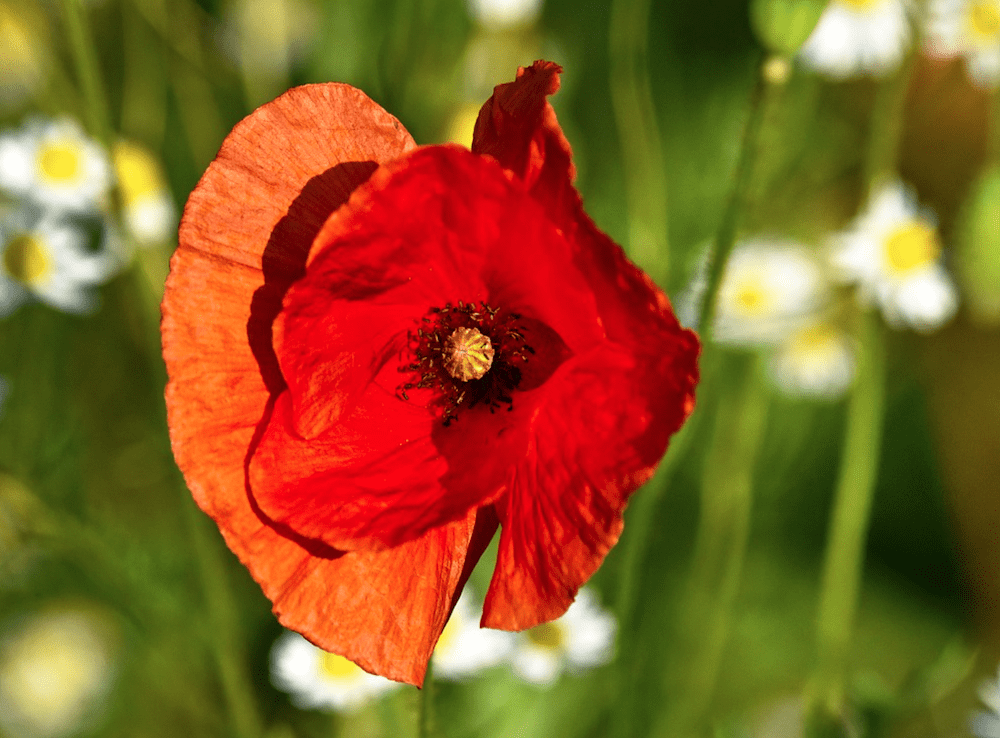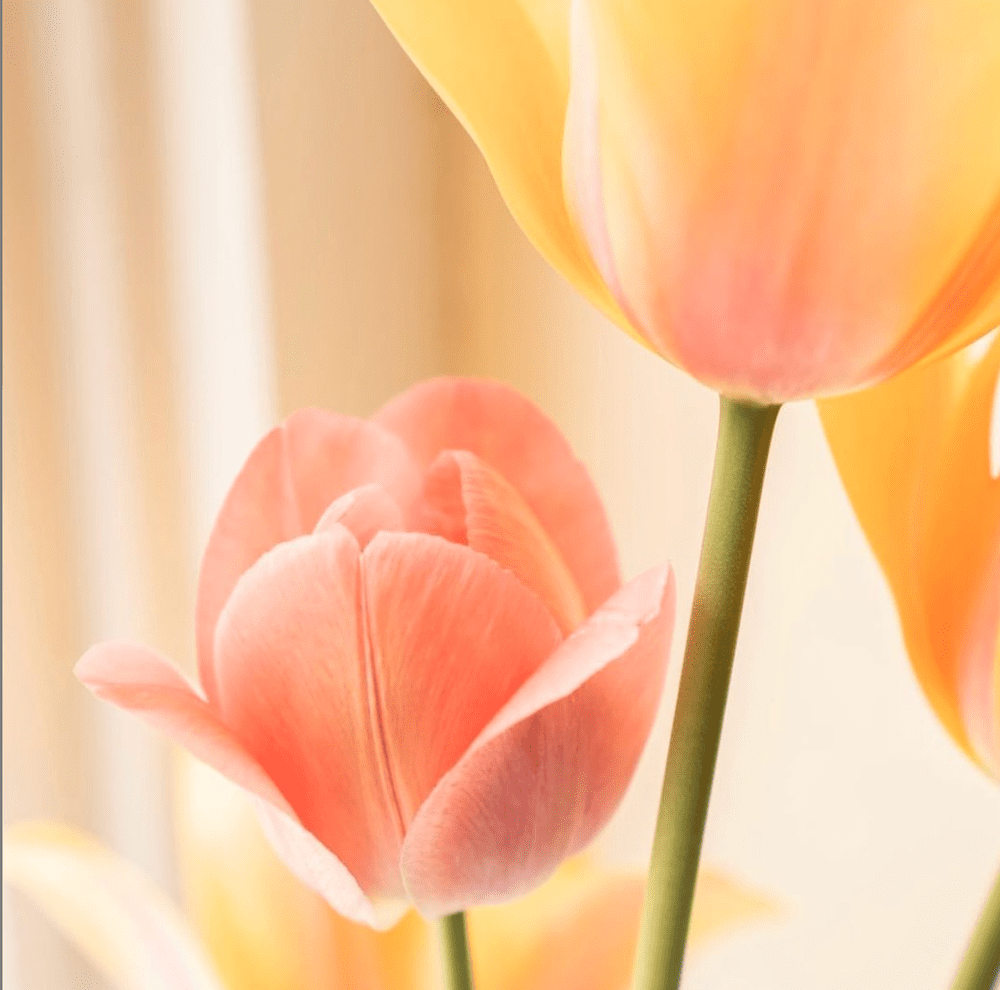The Impact of One Flower on U.S./Russian/British Efforts in Afghanistan
By Jill Brooke

Did you know that the national flower for Afghanistan is the tulip?
We may think of their origin as Dutch but tulip cultivation began in Persia in the 13th century and then tulip bulbs were planted around the globe in a rainbow of glorious colors.
Sadly, it is far easier to plant beautiful flowers from different countries but so difficult to assimilate cultures.
There is an image that often loops in my head of an immigrant coming to a new country clutching the seeds of flowers that were from their homeland. The world has so much beauty as a result of these voyages, where people had the courage to leave their environments for the hope of a better future. Flowers also rooted people in beloved memories and traditions that were shared with the new country.
I can’t help but think of the rose, the tulip, the birds of paradise -which is a flower that symbolizes freedom – as examples of this fruitful cross-pollination. The cherry blossom was given to the U.S. by the Japanese and helped improve relations as well as understanding.
However, sharing cultures in Afghanistan, a region so rooted in medieval ways, especially in its treatment of women, has proven futile for decades now under the Russians, the British and now the Americans.
The fact that Afghanistan considers the tulip as its national flower – and not the poppy – shows how flowers are so metaphoric.

Because it is poppies that grow so plentiful throughout Afghanistan and as we know are the source of opium.
According to the BBC, and Time Magazine, the U.S. has spent almost $8.9 billion million since 2001 fighting the opium war in Afghanistan by trying to destroy poppy farms and the heroin labs.
As the article points out, the millions in profits from the heroin it produces are used to fund the Taliban, as well as other terrorist groups. And heroin also drives “the rampant corruption that is so corrosive to civil society in Afghanistan.” Payoffs are so much easier because of these lucrative crops.
Time Magazine says that 65% of the Taliban’s funding came from illicit opium.
And, of course, Afghanistan is by far the biggest producer of opium poppy seeds in the world. According to the U.S. military, 90% of the world’s heroin is made from opium grown in Afghanistan. In fact, opium poppies are grown in a narrow 4500-mile stretch in the remote mountain areas that also are a thriving crop for poor farmers.
As a friend from the Council of Foreign Relations shared with me, “it is a double-edged sword for Afghanistan: the plant sustains the livelihoods of tens of thousands of Afghans; at the same time, it contributes to domestic instability and to the world’s heroin market. It is also a financial lifeline for the Taliban and terrorist groups in Afghanistan.”
A UN report estimated that it earned $460 million from opium poppy cultivating in 2020.
That is why the idea that the majority of the people wanted the tulip to be the national flower is profound. The word tulip is actually derived from the Persian word for turban. And yet in the language of flowers tulips have meanings that resonate with what many people are feeling now – since yellow tulips mean hopeless love and the white ones represent the need for forgiveness. Tulips were also considered a flower for charity during the Victorian Age and one could argue that many have tried to help this country advance into a more modern age but it was not meant to be.
Perhaps that is why tulips often represent unrequited love. Ones with a center of dark and light colors contrasting with petals symbolize broken hearts, which there are now, so many.

Jill Brooke is a former CNN correspondent, Post columnist and editor-in-chief of Avenue and Travel Savvy magazine. She is an author and the editorial director of FPD and floral editor for aspire design and home magazine
Photo Credit: Pixabay
